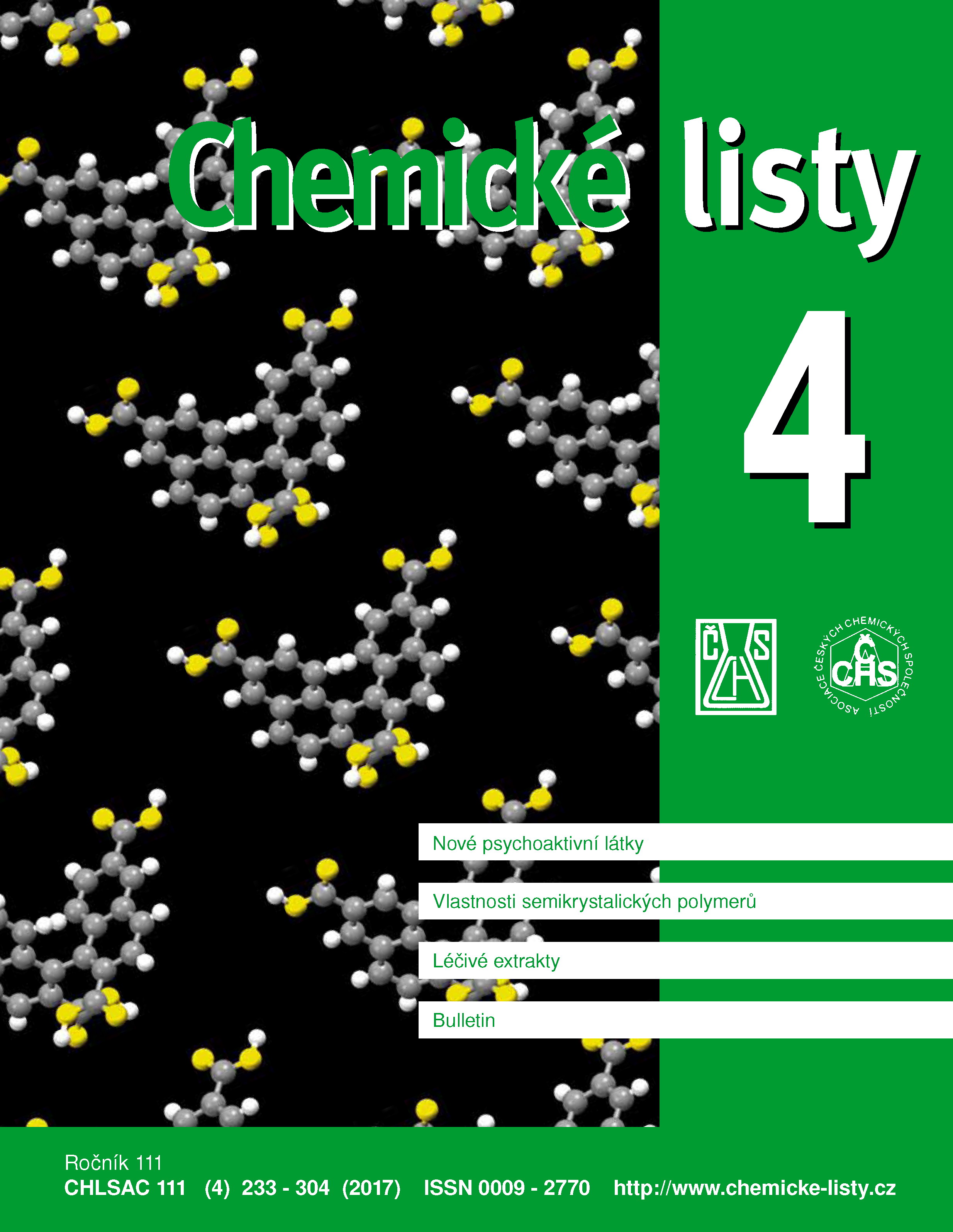Removal of Cu and Zn Ions from Solutions Using Sludge from Drinking Water Treatment
Keywords:
water treatment sludge, Cu, Zn, sorptionAbstract
Nowadays heavy metals are removed from water by various methods where many of these methods are economically demanding. In this article we deal with the problem of copper and zinc removal by sorption onto water-treatment sludge. Based on the results of the experiments, the main components of the sludge are Fe2O3 and SiO2. No heavy metals are released from the sludge into water. The adsorption capacity of the water sludge is 5.53, 2.39, 3.25, and 3.40 mg g–1 for CuSO4, Cu(NO3)2, ZnSO4 and Zn(NO3)2, respectively. In spite of the fact that the sorption capacity is low, the use of the sludge is economically advantageous as the sludge is a waste material.





